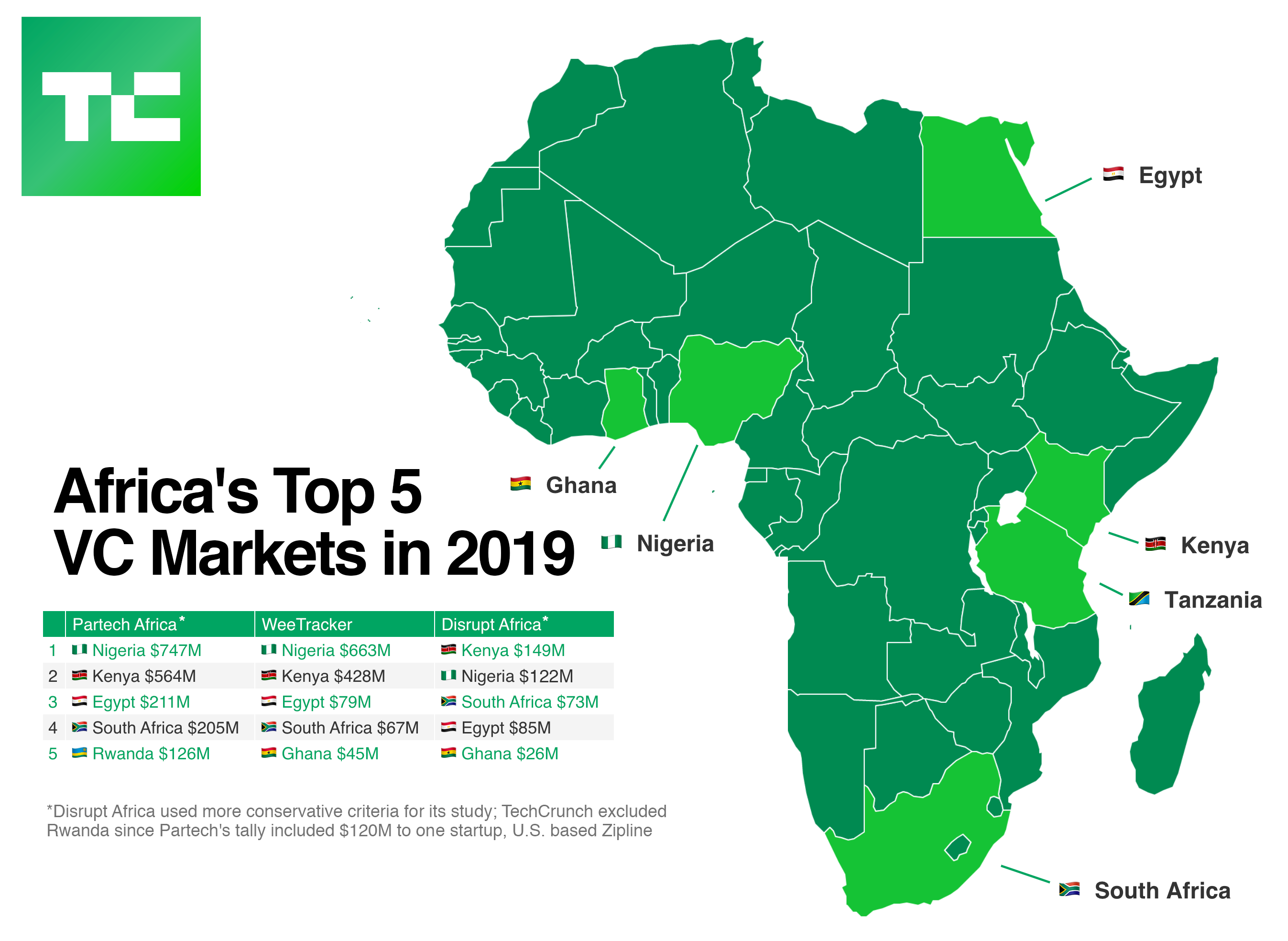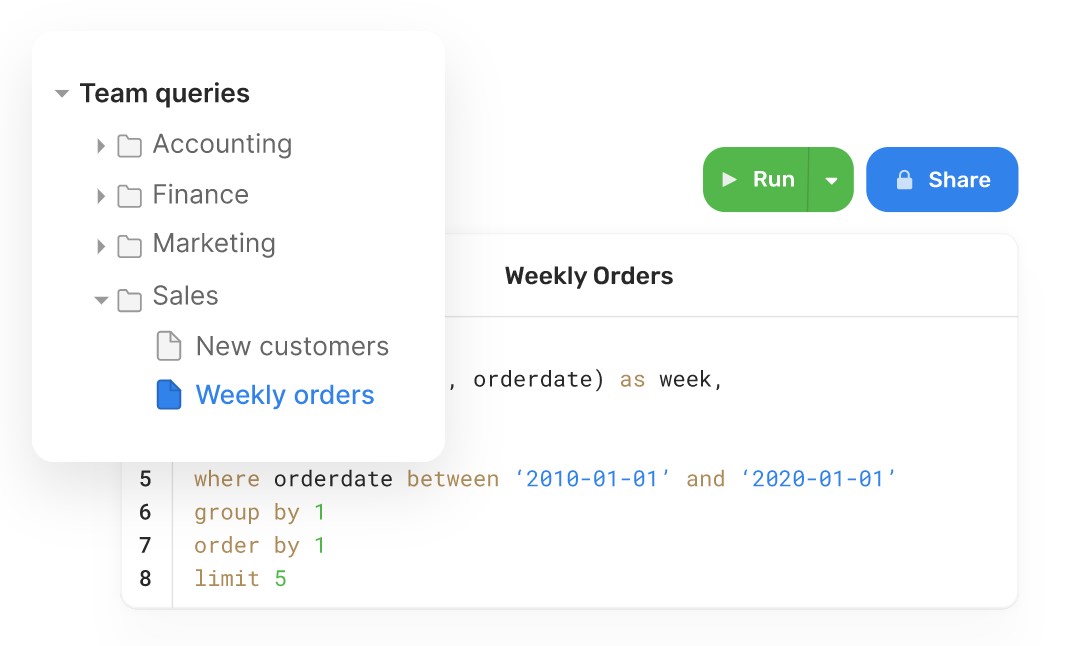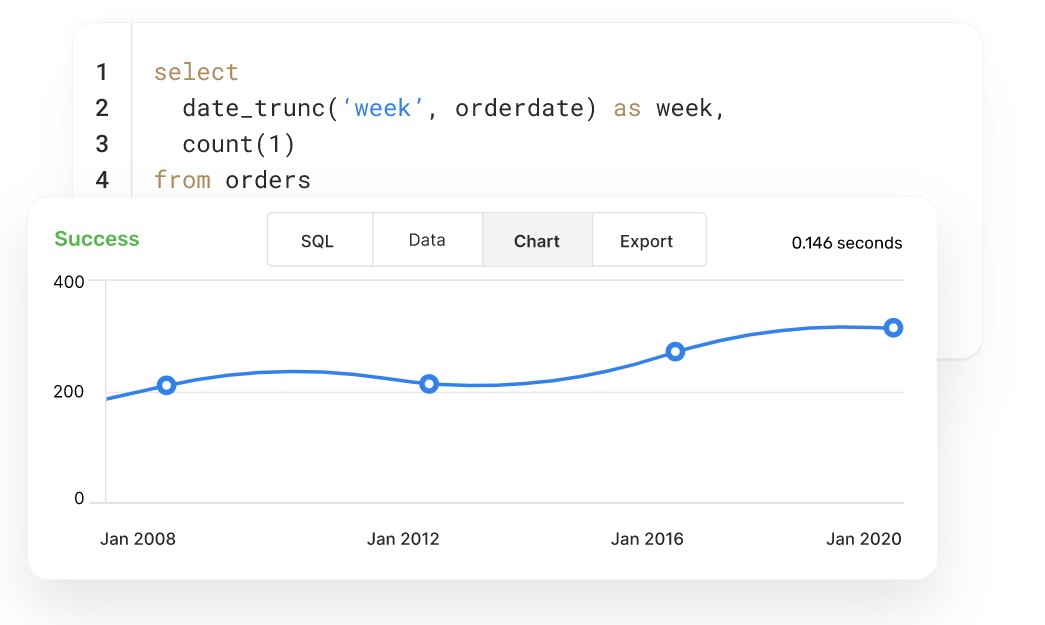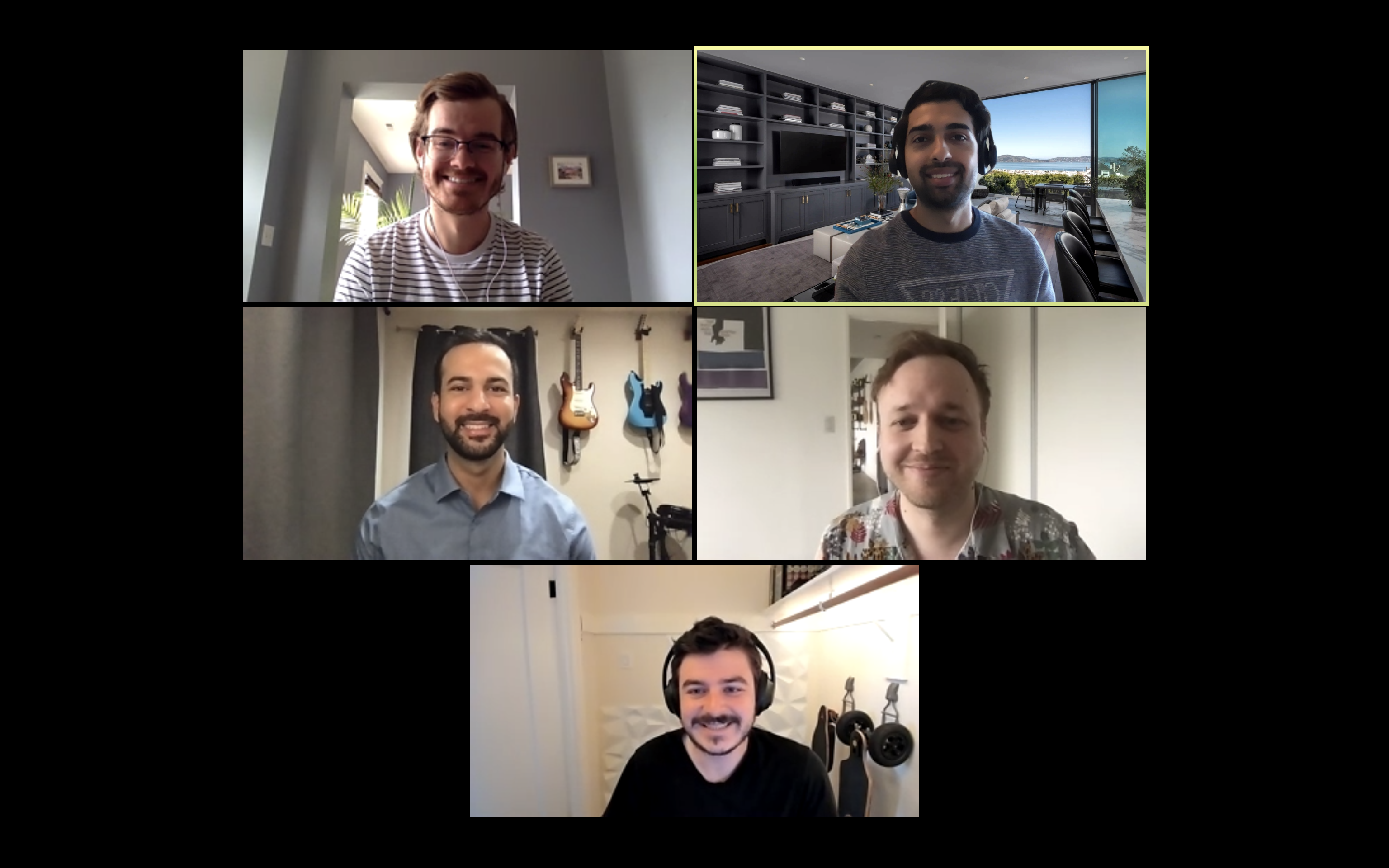The CEO of Pan-African fintech unicorn, Mitchell Elegbe, is set to speak at TechCrunch Disrupt 2020 on September 16. He founded the company in Lagos in 2002 to connect Nigeria’s — then — largely disconnected banking system.
Over the next decade plus, Interswitch accelerated the adoption of digital payments across Africa and now stands as one of the continent’s rare fintech unicorns. The company is poised to list on a global exchange, which would also create Africa’s next big tech IPO.
At Disrupt 2020, TechCrunch will seek Elegbe’s perspective on the continent’s fintech scene, Interswitch’s venture plans, and the economic impact of Covid-19 on African startups. This year’s event is 100% virtual, making it possible for anyone with an internet connection to sign in and learn more about Elegbe’s company and digital innovation in Africa.
If you’re a VC or founder in London, Bangalore or San Francisco, you’ll likely interact with some part of Africa’s tech landscape for the first time — or more — in the near future. When measured by monetary values, the continent’s tech ecosystem is small by Shenzhen or Silicon Valley standards.
But when you look at year-over-year expansion in venture capital, startup formation and tech hubs, it’s one of the fastest-growing tech markets in the world.
Bringing the continent’s large unbanked population and underbanked consumers and SMEs online has factored prominently. Roughly 66% of Sub-Saharan Africa’s 1 billion people don’t have a bank account, according to World Bank data.
As such, fintech has become Africa’s highest funded tech sector, receiving the bulk of an estimated $2 billion in VC that went to startups in 2019.

Image Credits: TechCrunch
Interswitch became a pioneer of building the infrastructure to digitize finance on the continent. The company pre-dates the rise of mobile money in Kenya through Safaricom’s M-Pesa product, which is one of Africa’s most recognized fintech use-cases.
Interswitch’s path from startup to unicorn traces back to the vision of CEO Mitchell Elegbe, who was a Nigerian electrical engineering graduate before founding the firm in 2002. The company has since produced a run of product innovation and expansion, starting in Nigeria. Interswitch created the first electronic switch whereby Nigerian financial institutions could communicate and operate ATMs and point of sales operations. The company now provides much of the rails for Nigeria’s online banking system.
Interswitch has since moved into high-volume personal and business finance, with its Verve payment cards and Quickteller payment app. The fintech firm (now well beyond startup phase) has also shaped a Pan-African and global reach — selling its products in 23 African countries with a physical presence in Uganda, Gambia and Kenya . In August 2019, Interswitch launched a partnership that allows its Verve cardholders to make payments on Discover’s global network.

Image Credits: Interswitch
Interswitch also launched a venture arm in 2015 called its global ePayment Growth Fund. Another milestone came in November 2019 when Interswitch achieved a $1 billion unicorn valuation after Visa took a reported $200 million minority stake in the company. Other Interswitch backers include IFC and Helios Investment Partners.
The company’s Nigerian origins and operations have become more significant as Nigeria is now Africa’s most populous nation and largest economy. The West African country has become the continent’s unofficial tech hub and fintech capital. Nigerian startups now raise the majority of Africa’s annual VC haul, according to a study by Partech.
Heading into 2020, the momentum was there and the pieces were falling in place for Interswitch to mark that next big achievement — an IPO. Where that listing stands for the firm, particularly in the wake of the Covid-19 crisis, is one of many topics TechCrunch is excited to discuss with CEO Mitchell Elegbe at Disrupt 2020.
The event runs from September 14 through September 18 and (as mentioned) is 100% virtual this year, making it possible for anyone from London to Lagos to sign in. Get your front row seat to see Mitchell Elegbe live with a Disrupt Digital Pro Pass or a Digital Startup Alley Exhibitor Package. We’re excited to see you there.









